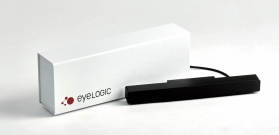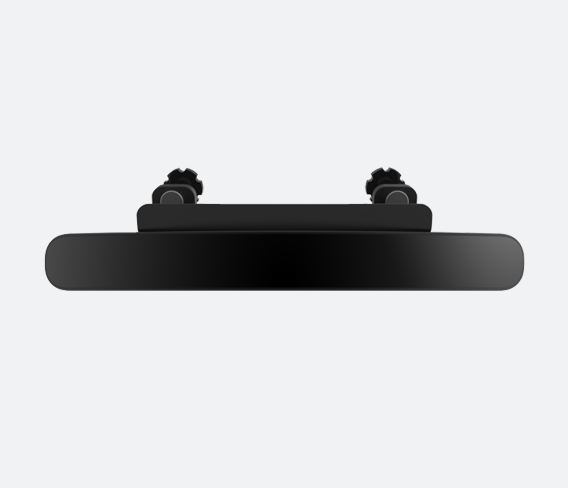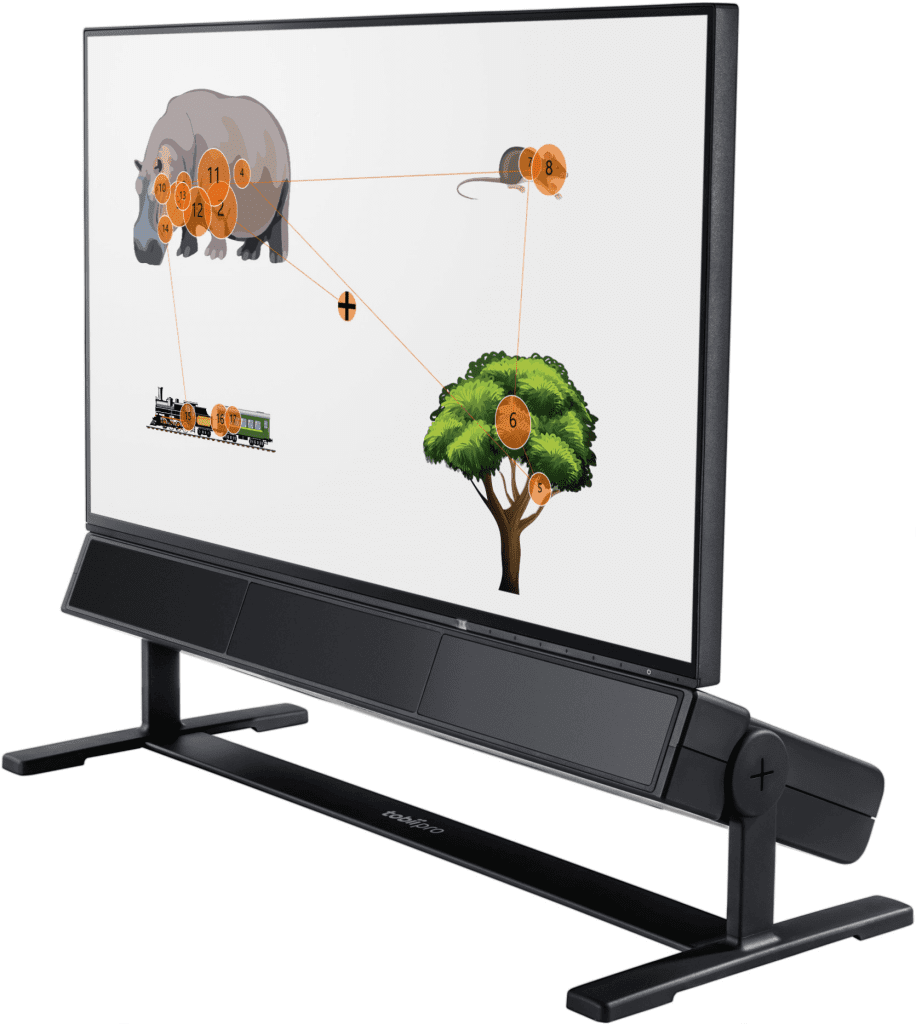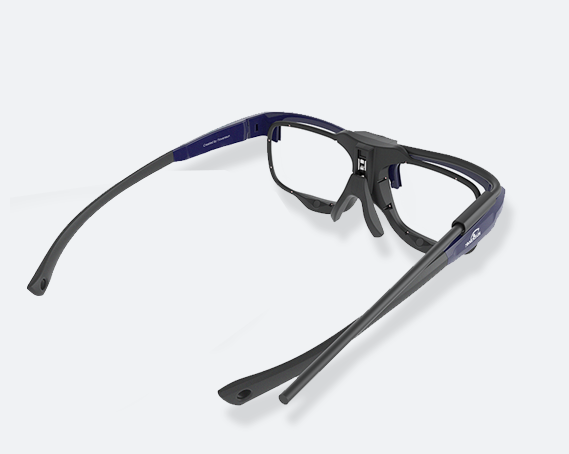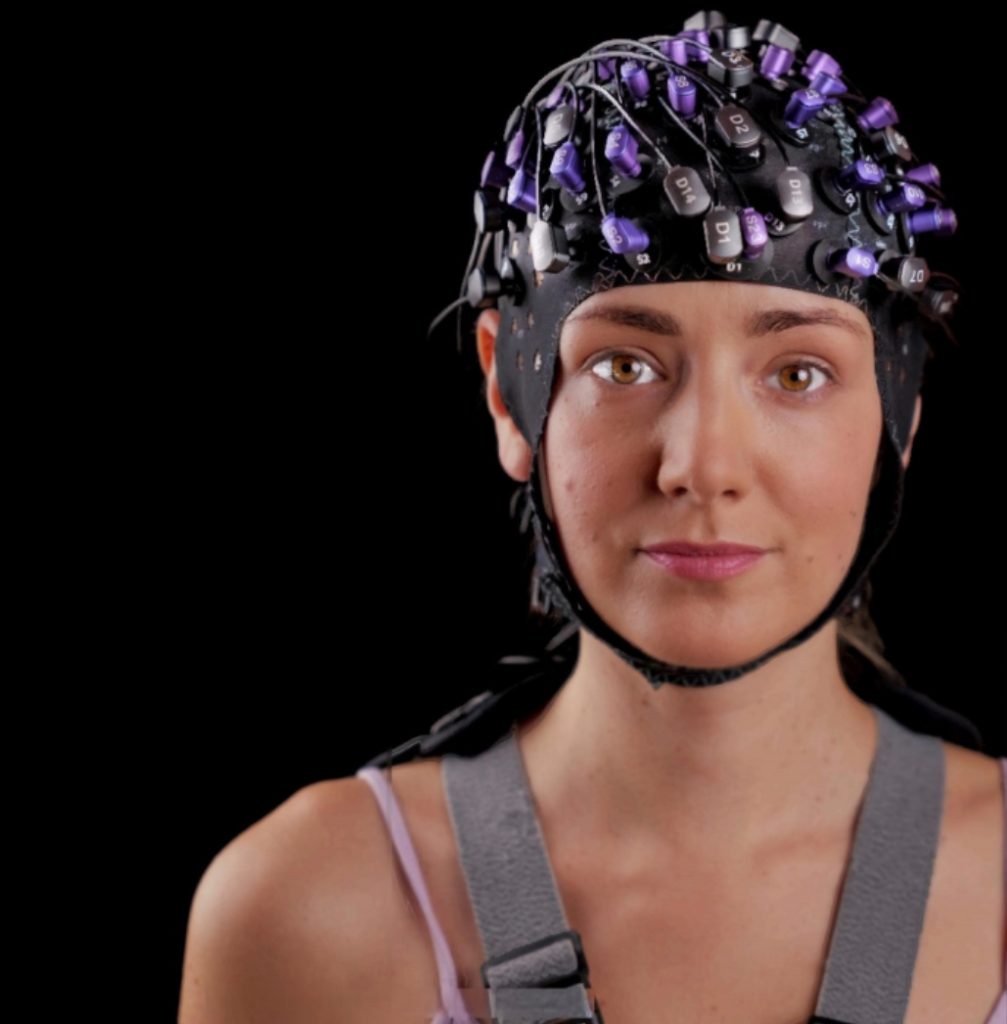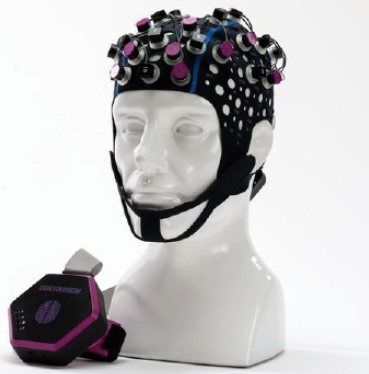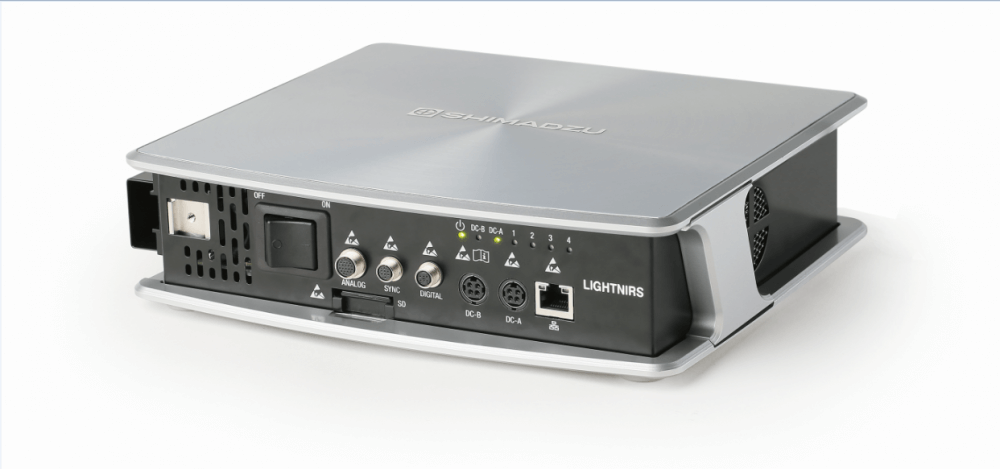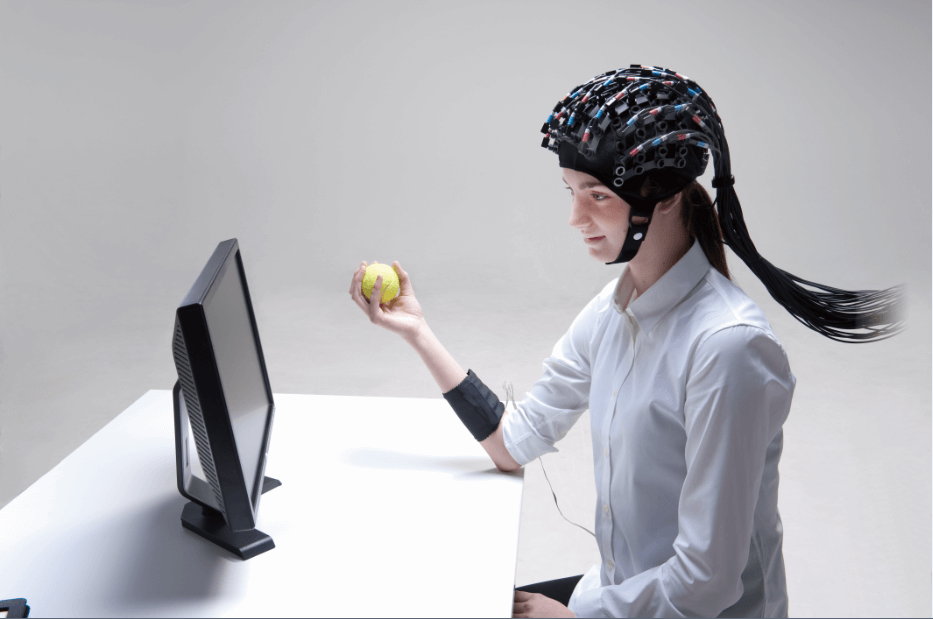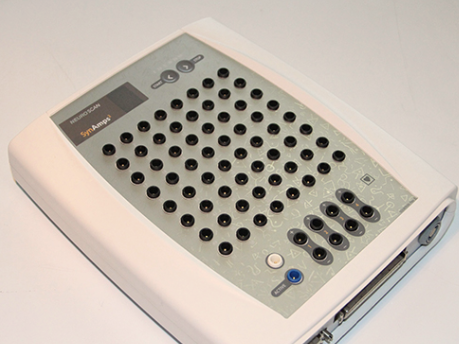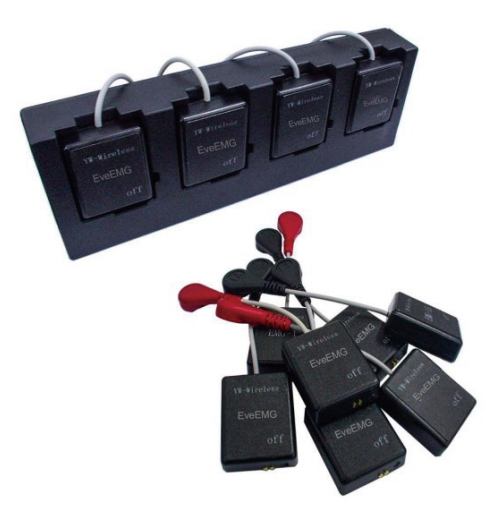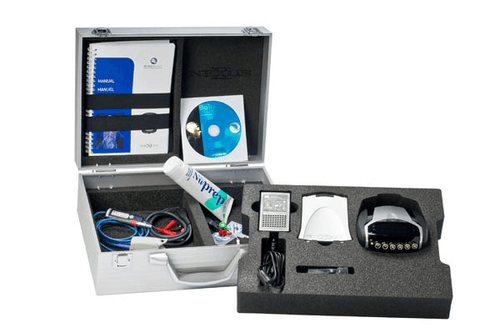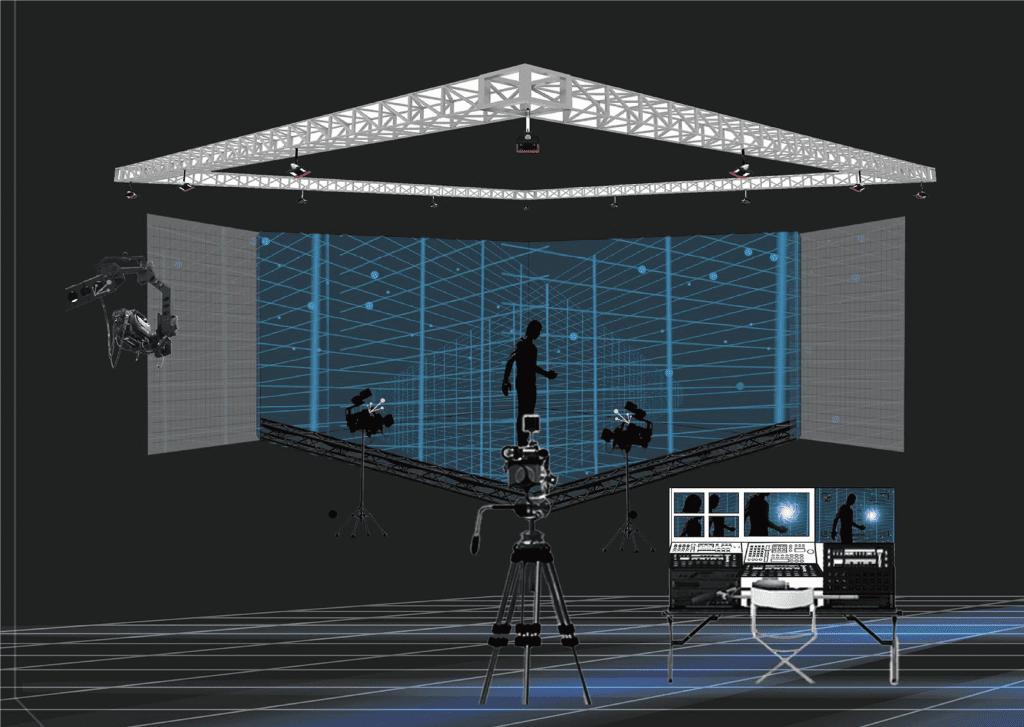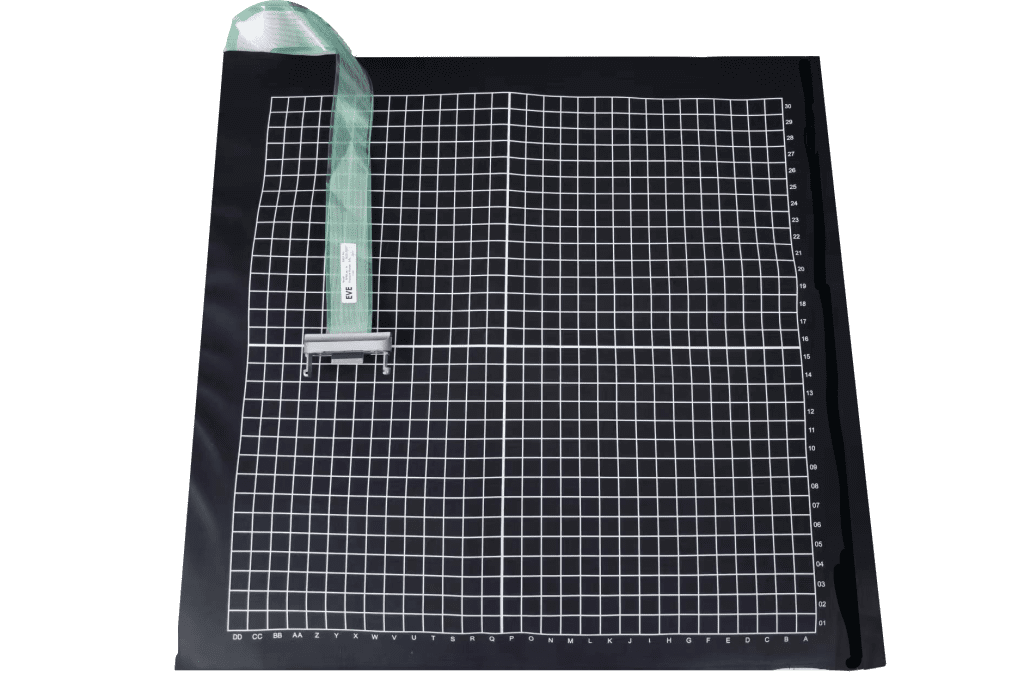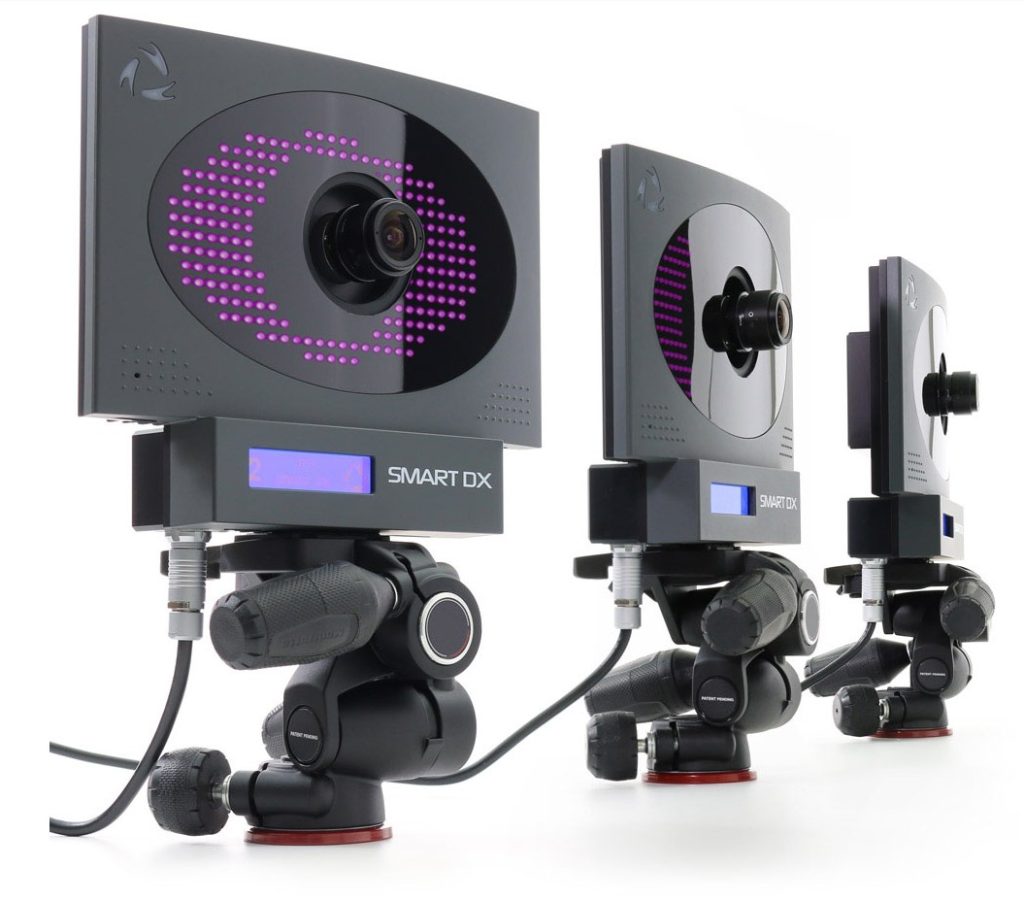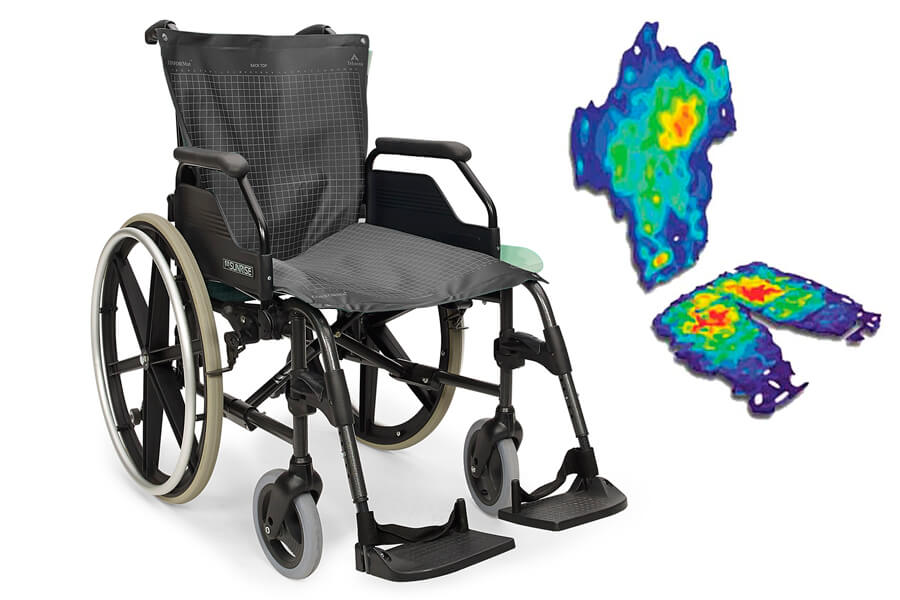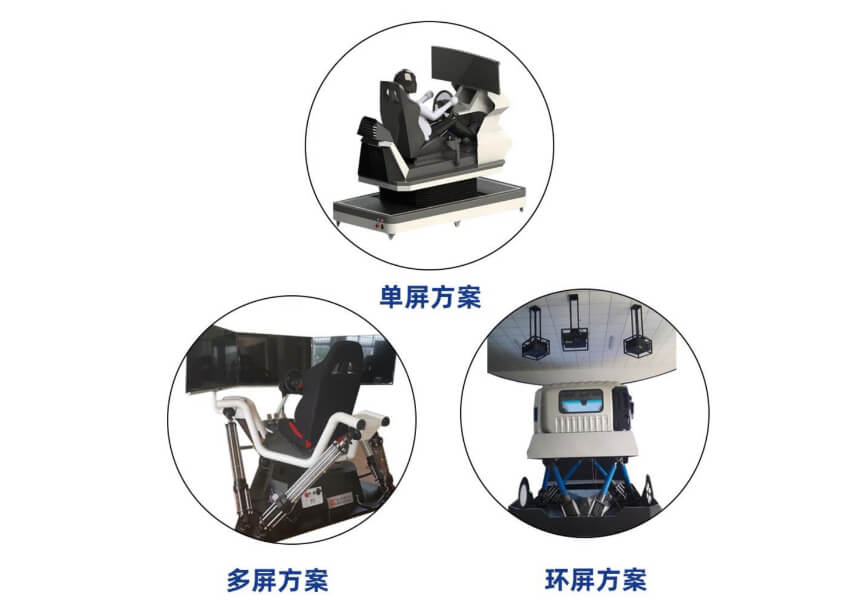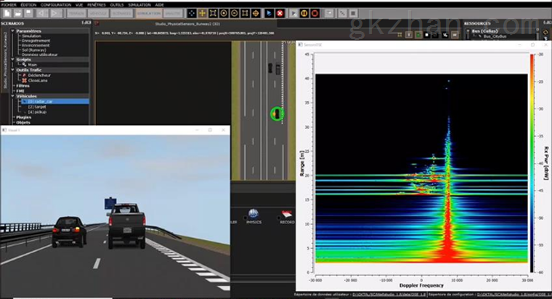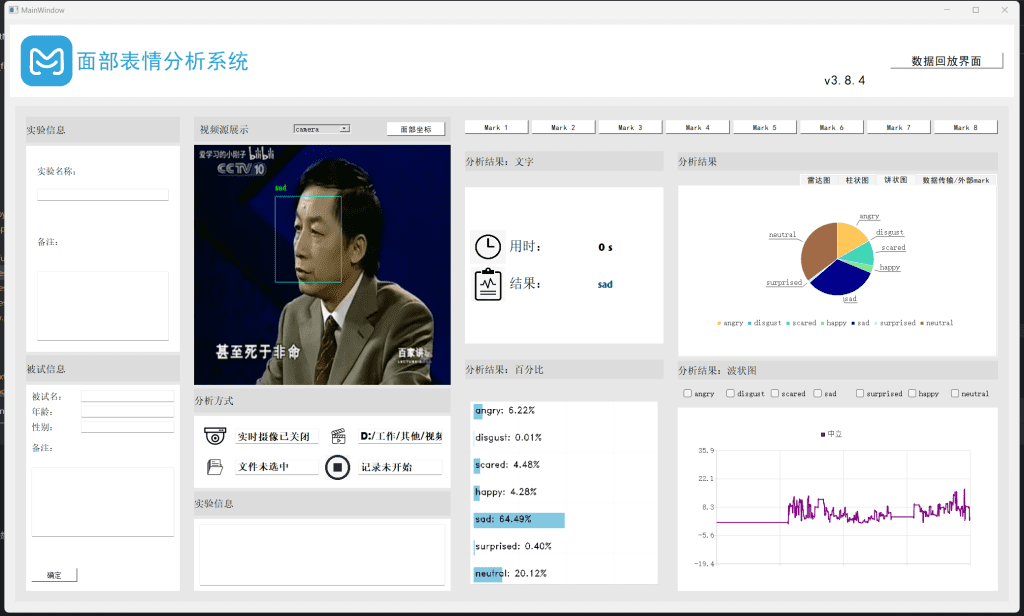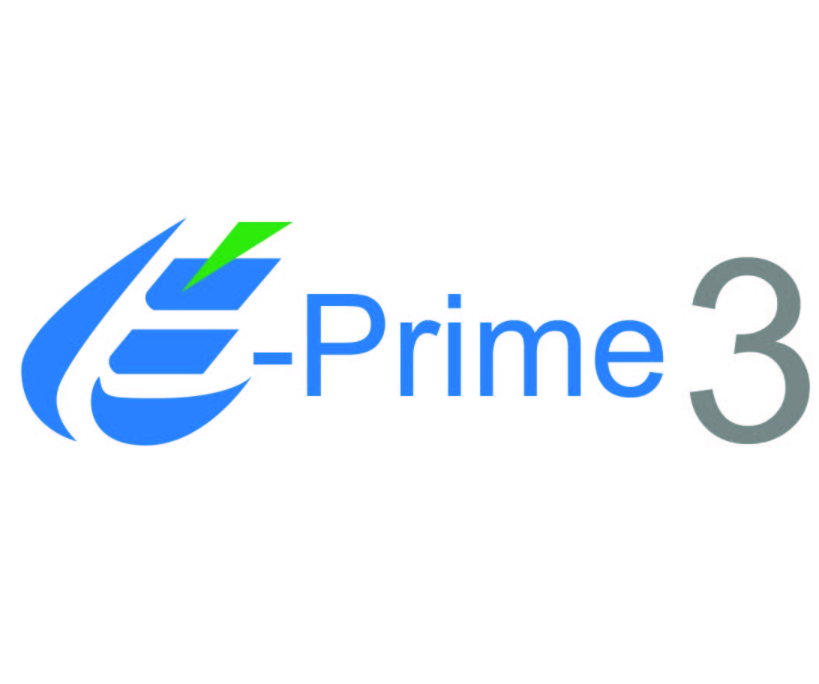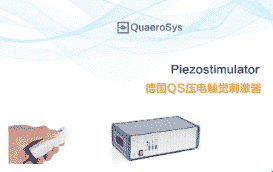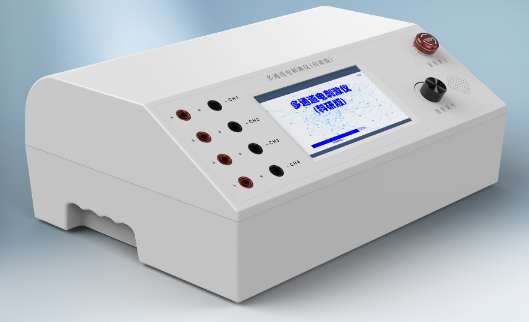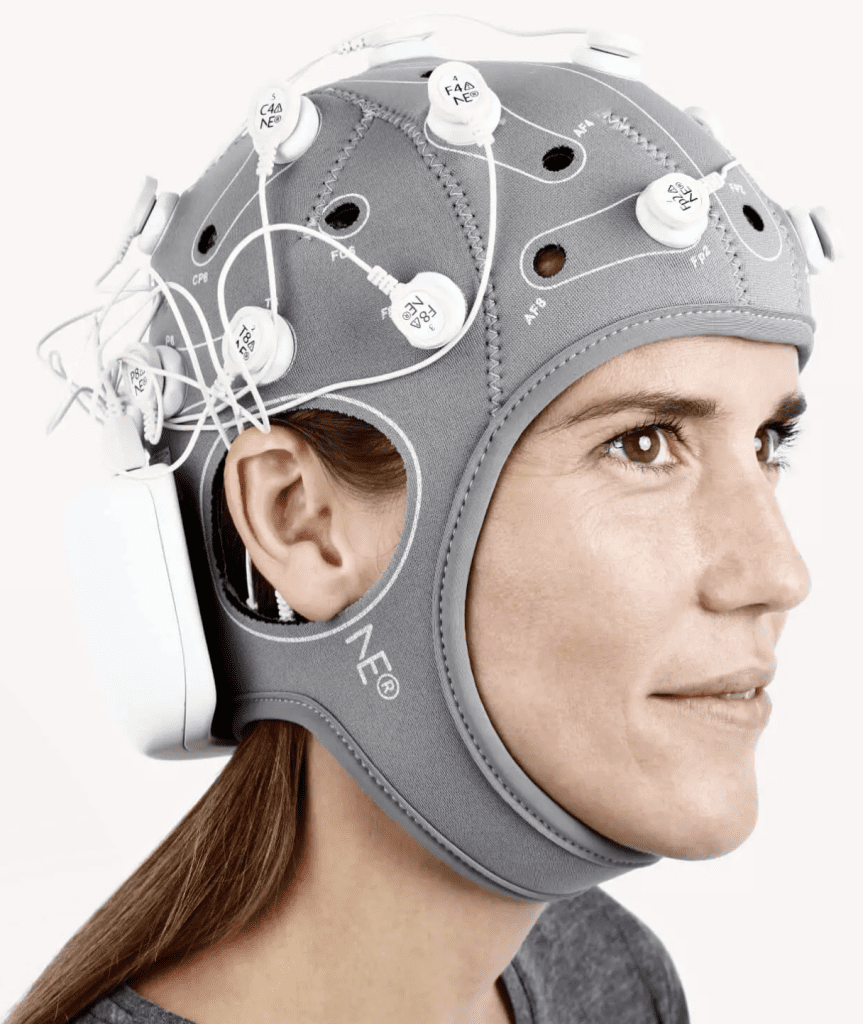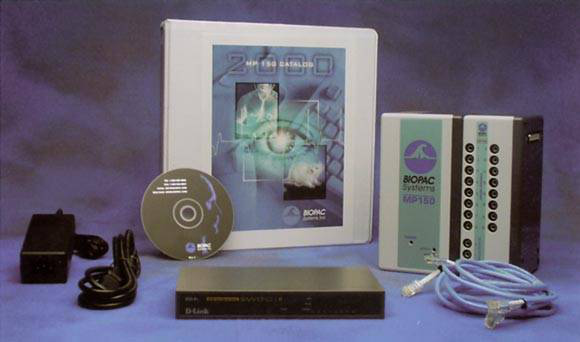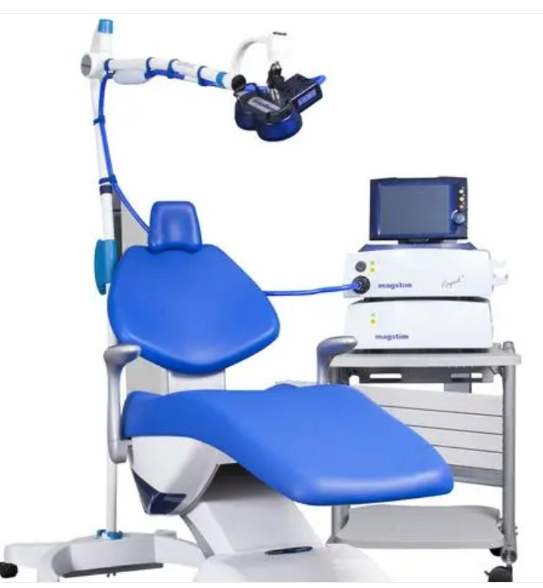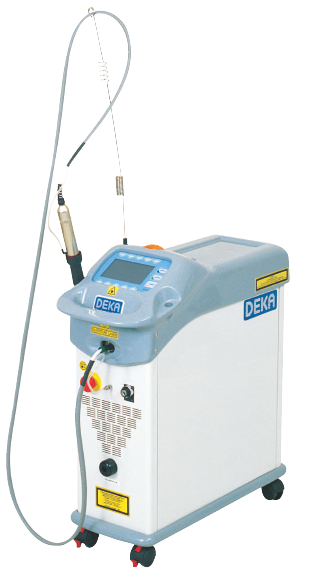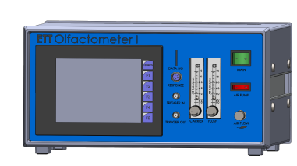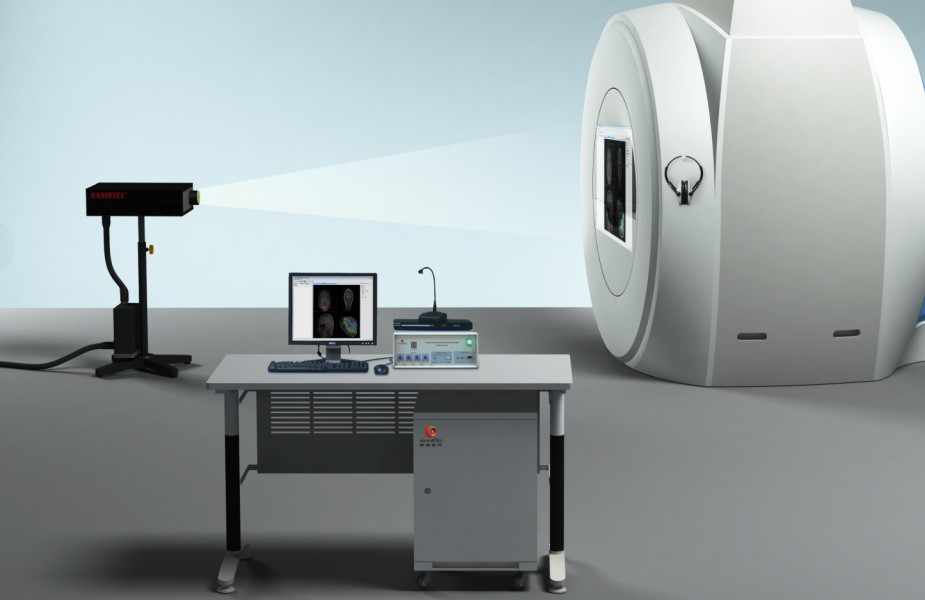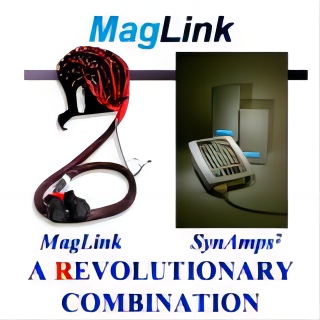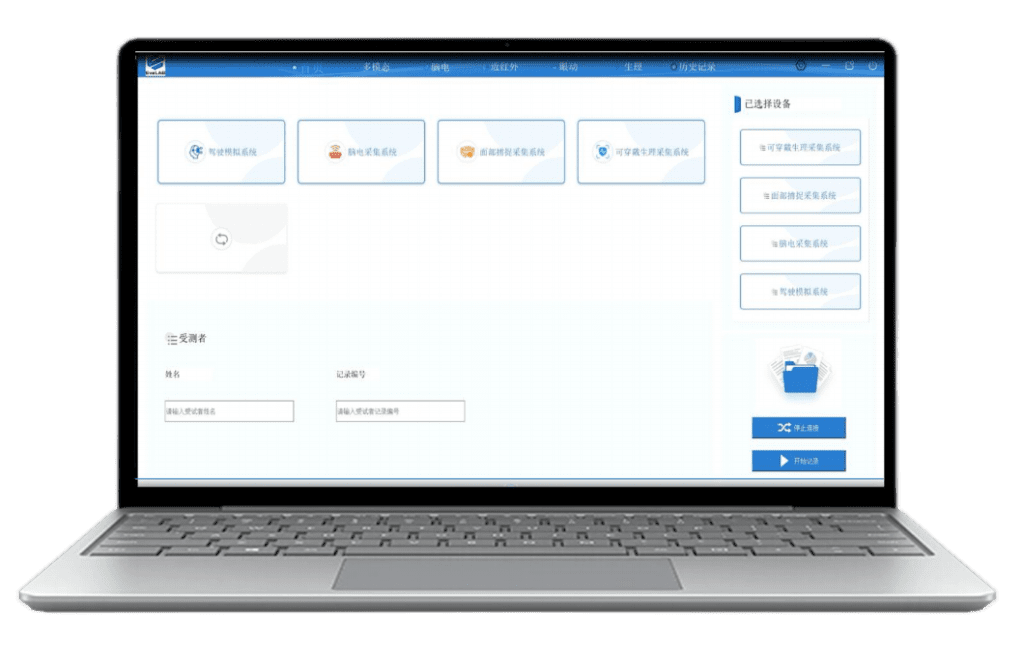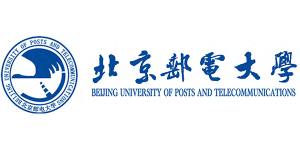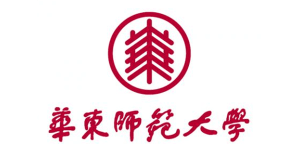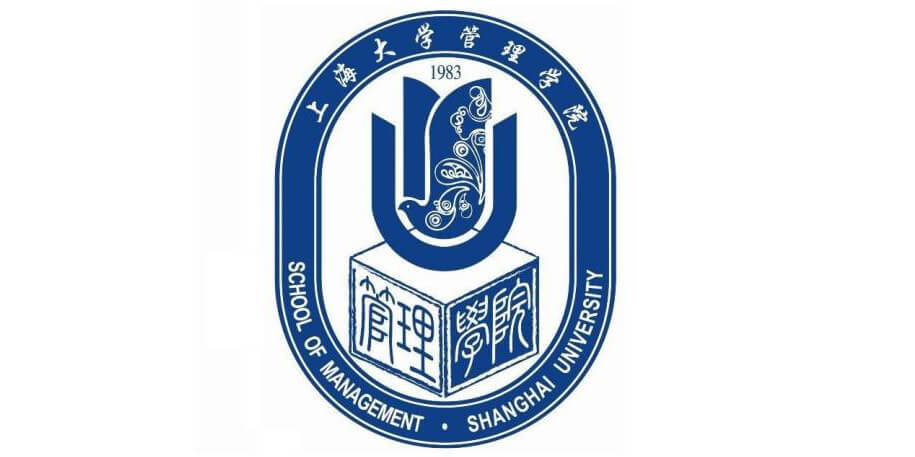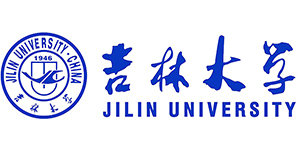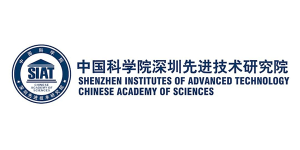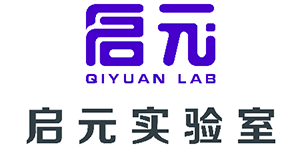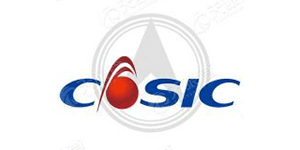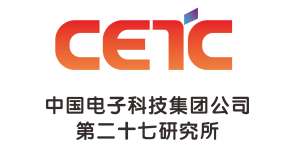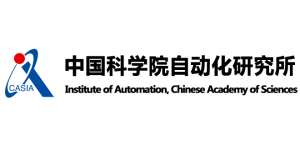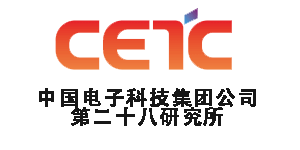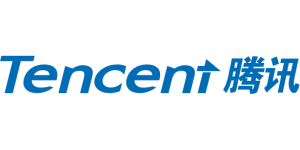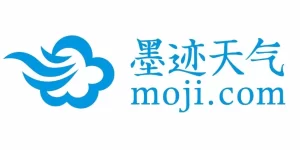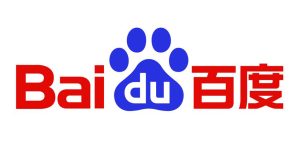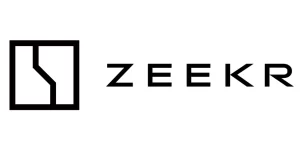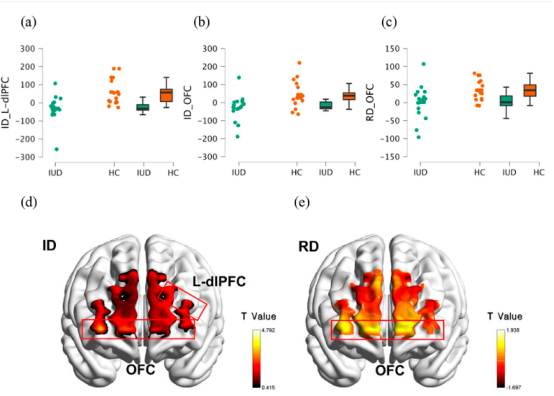

Part.1
introductory


People in daily life are often faced with choosing to receive a smaller immediate reward or a larger delayed reward, or evaluating options with different levels of risk and choosing accordingly (Ko et al., 2017; Li, Guo, & Yu, 2019; Liu et al., 2017). The former is known as interstage decision making and the latter is known as risky decision making, both of which play a key role in decision making ( Johnson, Bixter, & Luhmann, 2020 ). Transactive decision-making and risky decision-making deficits are two important manifestations of people with Internet use disorders. Yet the underlying neural mechanisms of these two dysfunctions remain unclear. The present study used functional near-infrared spectroscopy (fNIRS) to record changes in prefrontal cortical blood oxygen concentration during a spanning and risky decision-making task in game-addicted individuals.
Part.2
Method


Tested:
Subjects were screened using the Internet Addiction Test developed by Young et al. Effect sizes were calculated using G*Power 3.1, and 39 subjects made it to the final data analysis stage. Nineteen of the participants belonged to the game addiction group and 20 participants belonged to the control group.
Experimental Procedures:
In the experiment subjects performed a money choice task followed by a risky decision task.
Money Choice Task (ID):
Subjects' intertemporal decision making was assessed using a money choice task. The task consisted of 27 choice items categorized into nine discount levels (k1-k9), with each discount level containing three delay questions. Each question presented immediate options (e.g., receive $354.1 today) and delayed options (e.g., receive $351.5 in 20 days).
Risk Decision Task (RD):
In the risky decision task, both a risky option and a safe option were presented on each trial. In the profit condition, three winning probabilities (20%, 33%, and 50%) and three amounts ($20, $30, and $50) comprised the nine risky options. Accordingly, the loss scenario has nine risk options. The safe option is 100% with a profit and loss of $10.
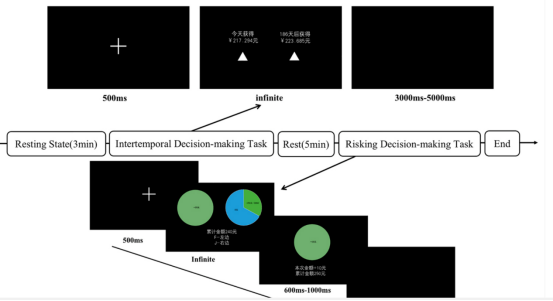

Part.3
Results


1. Behavioral analysis compared the differences between the internet addicts and the normal group in terms of the rate of deferred discounts and the rate of risky choices. The results found that Internet addicts were more likely to choose smaller immediate options and also preferred risky decisions.






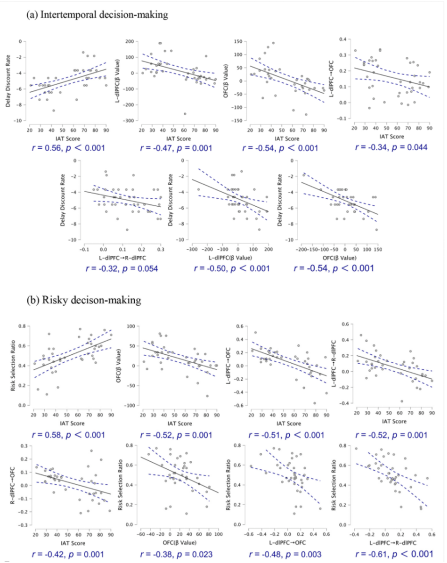

Part.4
talk over


The present study is consistent with previous results that Internet addicts show a greater tendency to choose immediate options, reflecting a diminished capacity for delayed gratification. This behavior is due to their impaired self-control, weakened value assessment, and altered expectations of future outcomes (Du & Lv, 2018 ; Ko et al., 2017 ; Li et al., 2019 ; Nie, Zhuang, Chen, & Li , 2016). The findings emphasize common neural underpinnings of intertemporal and risky decision-making in Internet addicts, including reduced OFC activation and diminished functional connectivity from the left dlPFC to the right dlPFC. These results confirm earlier studies (Ikink et al., 2019; Tang, Liu, & Yang, 2022). The table of functional connectivity results suggests that the poo of intertemporal and risky decision-making is related to the modulation of the left dlPFC with other brain regions. In the span decision-making task, internet addicts had low activation of OFC and L-dlPFC. However, only the OFC was significantly reduced in the risky decision-making task. This surfaces that L-dlPFC is related to intertemporal decision making. Functional connectivity from the L-dlPFC to the OFC was associated with behavioral performance in the risky decision-making task, suggesting that risky decision-making is more influenced by top-down regulation from the L-dlPFC to the OFC.
Part.5
Conclusion


The present study examined the activity of the PFC during interstitial and risky decision-making in Internet addicts by fNIRS. The aim was to explore common or specific neural mechanisms in decision making across time and risky decision making in internet addicts. We compared the internet addiction and control groups in terms of bilateral dlPFC and OFC activation and directed functional connectivity in these brain regions. Correlation analyses were used to examine the relationship between Internet addiction scores, behavioral performance, and brain activity. The results suggest that reduced OFC activation and reduced functional connectivity in the left dlPFC and right dlPFC underlie the general neural basis of both decision-making disorders; that hypoactivation of the left dlPFC is more closely associated with transactive decision-making disorders; and that risky decision-making disorders are more dependent on left dlPFC modulation of the OFC.
Part.6
References


Ko, C.-H., Wang, P.-W., Liu, T.-L., Chen, C.-S., Yen, C.-F., & Yen, J.-Y. (2017). The adaptive decision-making, risky decision, and decision-making style of Internet gaming disorder. European Psychiatry, 44, 189-197 . https://doi.org/10.1016/j.eurpsy.2017.05.020.
Liu, L., Xue, G., Potenza, M. N., Zhang, J.-T., Yao, Y.-W., Xia, C.-C., ... Fang, X.-Y. (2017). Dissociable neural processes during risky decision-making in individuals with Internet-gaming disorder. NeuroImage: Clinical, 14, 741 -749. https://doi.org/10.1016/j.nicl.2017.03.010.
Li, H. X., Guo, Y. F., & Yu, Q. L. (2019). Self-control makes the difference: the psychological mechanism of dual processing model on internet addicts' unusual behavior in intertemporal choice. Computers in Human Behavior, 101, 95-103. https://doi.org/10.1016/j.chb.2019.07.010.
Johnson, K. L., Bixter, M. T., & Luhmann, C. C. (2020). Delay discounting and risky choice: Meta-analytic evidence regarding single-process theories. Judgment and Decision Making, 15(3), 381 -400. https://doi.org/10.1017/S193029750000718X.
Young, K. S. (1998). Internet addiction: The emergence of a new clinical disorder. Cyber Psychology & Behavior, 1(3), 237-244.
Du, G., & Lv, H. C. (2018). Relationship between adolescents' future expectation and internet addiction: based on latent class analysis. chinese Journal of School Health, 39(12), 1835-1840. https://doi.org/10.16835/jcnki.1000-9817201812020.
Nie, J., Zhang, W., Chen, J., & Li, W. (2016). Impaired inhibition and working memory in response to internet-related words among adolescents with internet addiction: a comparison with attention- deficit/hyperactivity disorder. psychiatry research, 236, 28-34. http://dx.doi.org/10.1016/j.psychres.2016.01.004.
Ikink, I., Engelmann, J. B., van den Bos, W., Roelofs, K., & Figner, B. (2019). Time ambiguity during intertemporal decision-making is aversive, impacting choice and neural value coding. NeuroImage, 185, 236-244. https://doi.org/10.1016/j.neuroimage.2018.10.008.
Tang, L., Liu, Y. L., & Yang, Y. K. (2022). The cognitive processes and neural bases of prosocial behavior. Psychological Development and Education, 38(3), 437-446. https://doi.org/10.16187/j.cnki.issn1001-4918.2022.03.15.


Company Profile
This article comes from the WeChat public number: EVERLOYAL


